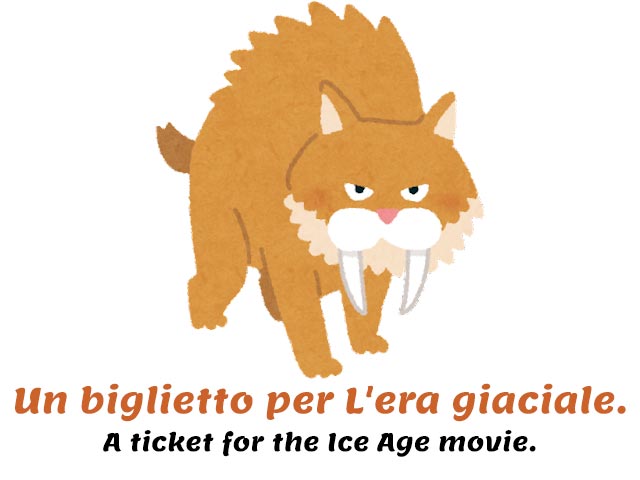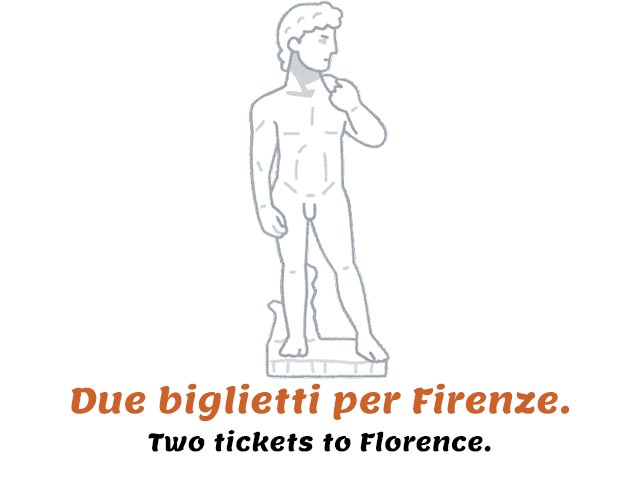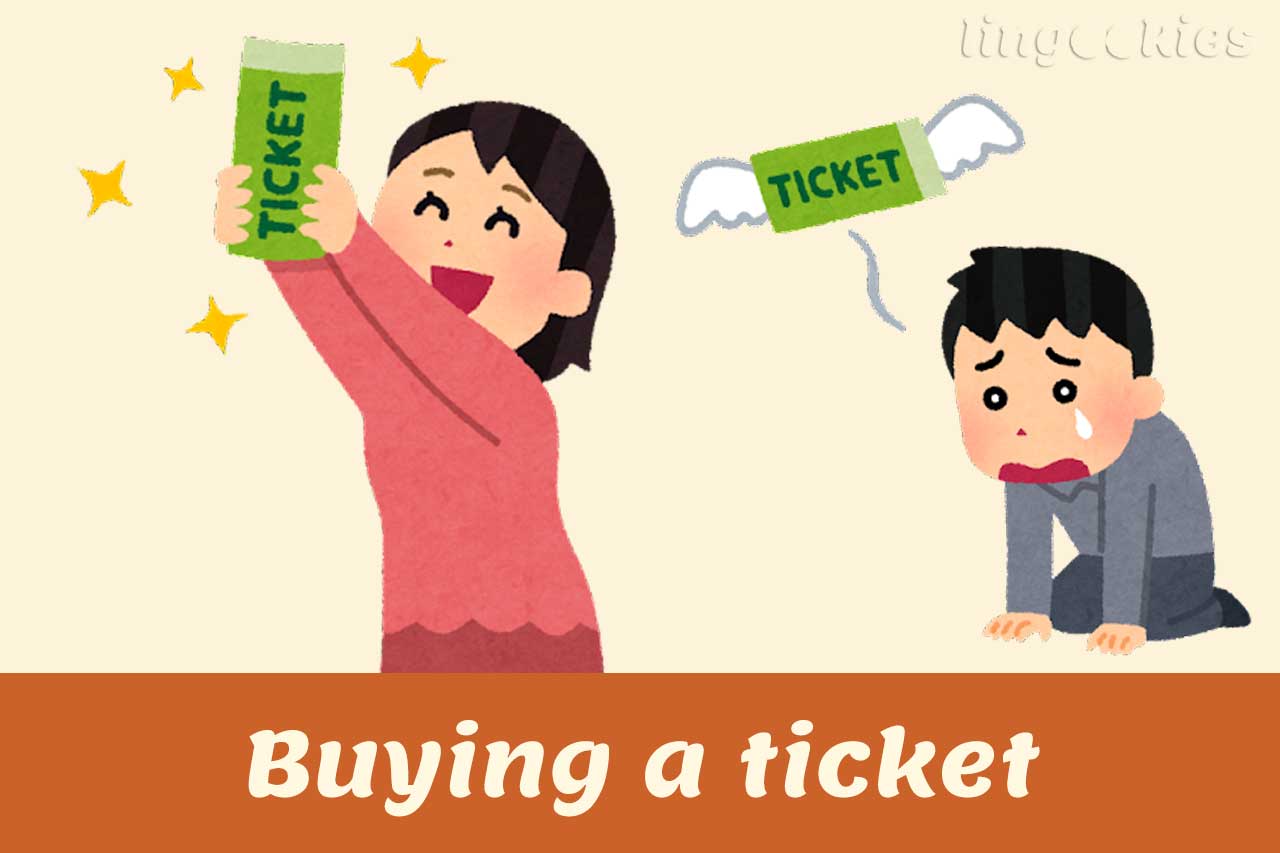Italian culture
Say buongiorno or buonasera first
Whenever you meet someone you are not on familiar terms with, such as ticket agent at a train station, you will need to greet them politely.
There are many greetings in Italian, but the ones you need to pay attention to here are just two:
| Buongiorno, buon giorno | Good morning |
Buongiorno can be used in the morning and throughout the day until sunset, just like the English greetings Good morning and good day.
For example, you can say…
| Buongiorno. Un caffè, per favore. | Good morning. A coffee, please. |
| Buongiorno, mi può cambiare queste banconote? | Good morning, could you change these bills for me? |

The other greeting, which you will only use after sunset, is buonasera.
| Buonasera, buona sera | Good evening |
For example, you can say…
| Buonasera, vorrei un Martini. | Good evening, I would like a Martini. |
| Buonasera a tutti! | Good evening everyone! |

A ticket for…
The next step in your quest to buy a ticket in Italian is the request itself. You will usually start by saying the equivalent of the English phrase a ticket to/for [what you need], which is un biglietto per [x]. Biglietto is the Italian translation of ticket.
| Un biglietto per… | A ticket to/for… |
Followed by what you need, which can be a ticket to a destination, a cinema ticket, etc. Some examples are:
| Un biglietto per Milano Centrale. | A ticket to Milan Central Station. | |
| Un biglietto per L’era giaciale. | A ticket for the Ice Age movie. |

In case you ask for a ticket to any place, remember that this will always be a one-way ticket, unless you explicitly ask for a round-trip ticket, with…
| Un biglietto di andata e ritorno per Milano Centrale. | A round-trip ticket to Milan Central Station. |
Biglietto di andata e ritorno is round-trip ticket. If you want to specify that you need a one-way ticket, use the word biglietto di sola andata.
| Un biglietto di sola andata per Lucca. | A one-way ticket to Lucca. |

Of course, you may need more than one ticket. In this case, you need to use the plural form of ticket in Italian, which is biglietti. You will also need a number: in the table below I’ve listed the first 10 Italian numbers.
Italian numbers 1-10
| 1 | Uno |
| 2 | Due |
| 3 | Tre |
| 4 | Quattro |
| 5 | Cinque |
| 6 | Sei |
| 7 | Sette |
| 8 | Otto |
| 9 | Nove |
| 10 | Dieci |
Wondering why it’s un biglietto and not uno biglietto? Learn why in the Italian indefinite articles lesson!
How do you ask for, say, three tickets to the beautiful city of Siena?
| Tre biglietti per Siena. | Three tickets to Siena. |
Or two tickets to Florence…
| Due biglietti per Firenze. | Two tickets to Florence. |

Hold on, we’re not done yet!
Say per favore and grazie
When buying a ticket in Italian or asking a stranger for anything, it’s always a good idea to add per favore, please, at the end of your request or question, and grazie after your request has been fulfilled. Polite manners are much appreciated!
| Quattro biglietti per La traviata, per favore. Grazie! | Four tickets for La traviata, please. Thank you! |
How much is it?
When you buy a ticket in Italian, you may also want to know how much you will be spending.
To ask how much one ticket costs, say…
| Quanto costa un biglietto aereo per…? | How much does a plane ticket to … cost? |
For example, you can say…
| Quanto costa un biglietto aereo per Roma? | How much does a plane ticket to Rome cost? |

If you need to buy more than one ticket, say…
| Quanto costano [num] biglietti per…? | How much are [num] tickets for …? |
For example, you can say…
| Quanto costano sei biglietti per il concerto di stasera? | How much are six tickets for the concert tonight? |
To ask how much something costs, always start your sentence with either quanto costa if you are talking about something in the singular, or quanto costano if you want to know the price of something in the plural (numbers greater than 1).
Travelling with small children
Sometimes children under a certain age (usually 12) can pay a reduced price. This is particularly common in museums. How to buy a ticket in Italian if you are traveling with children and want to know if you can save some money? Use this:
| È previsto un biglietto con prezzo ridotto per bambini? | Is there a discounted ticket for children? |
If there is a reduced-price ticket for children (biglietto ridotto), the ticket for an adult may also be called a biglietto intero, a full-price ticket.
Buying a ticket in Italian will never give you anxiety again! 🙂
More free Italian resources
You might want to keep learning Italian online with these free Italian resources:
❤️ If you liked this lesson on how to buy a ticket in Italian, share it with your friends!


